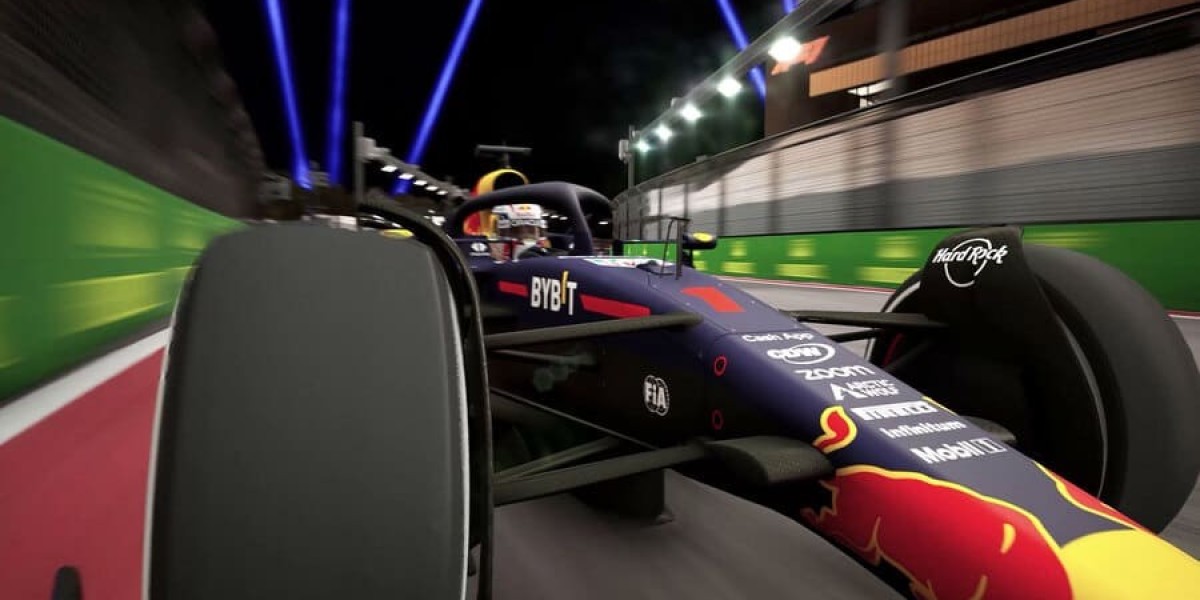Introduction:
In September 1990, the world witnessed a historic moment that forever changed the geopolitical landscape of Europe - the reunification of Germany. This momentous event marked the end of the Cold War and symbolized the triumph of democracy and unity over decades of division. As the Berlin Wall, a concrete embodiment of the Iron Curtain, crumbled the previous year, the road to reunification was paved with hopes, challenges, and a fierce determination to heal the scars of a painful separation.
Description:
On September 12, 1990, exactly 45 years after the end of World War II, representatives from the German Democratic Republic (East Germany) and the Federal Republic of Germany (West Germany) gathered in East Berlin's famous Staatsoper Unter den Linden. This iconic opera house, which had witnessed numerous historical events, would now serve as the backdrop for a solemn and joyous occasion - the signing of the treaty that would pave the way for German reunification.
The atmosphere inside the grand venue was palpably charged with emotions. Dignitaries, politicians, and officials from around the world looked on as East German Prime Minister, Lothar de Maizière, and West German Chancellor, Helmut Kohl, signed the treaty with ink-filled pens, symbolizing the start of a new era. The event was a culmination of years of negotiations, diplomacy, and the relentless pursuit of freedom by the German people.
Outside the opera house, throngs of people gathered, waving flags, singing, and cheering for the moment they had longed for since the construction of the Berlin Wall in 1961. The streets of Berlin were awash with euphoria and unity as East and West Germans embraced each other, tears of joy streaming down their faces. The jubilant scenes of people climbing the remnants of the Berlin Wall and chipping away at its concrete symbolized the triumph of the human spirit over oppressive regimes.
As the news quickly spread across the globe, leaders from various nations, including the United States and the Soviet Union, congratulated Germany on this historic achievement. The occasion was an undeniable turning point in European history, promoting peace, prosperity, and the realization of shared democratic values.
In the following months, the process of merging two distinct societies began. West German laws, regulations, and economic systems were extended to the East, resulting in significant transformations and challenges across both regions. Yet, amidst the difficulties, hope prevailed as Germany embarked on a transformative journey towards a unified nation.
Twenty-eight years of division came to an end that day in September 1990, leaving an indelible mark on Germany and the world. The German reunification not only reconnected families and friends torn apart by ideological differences but also paved the way for a stronger Europe, marked by cooperation, democracy, and the desire for lasting peace.








